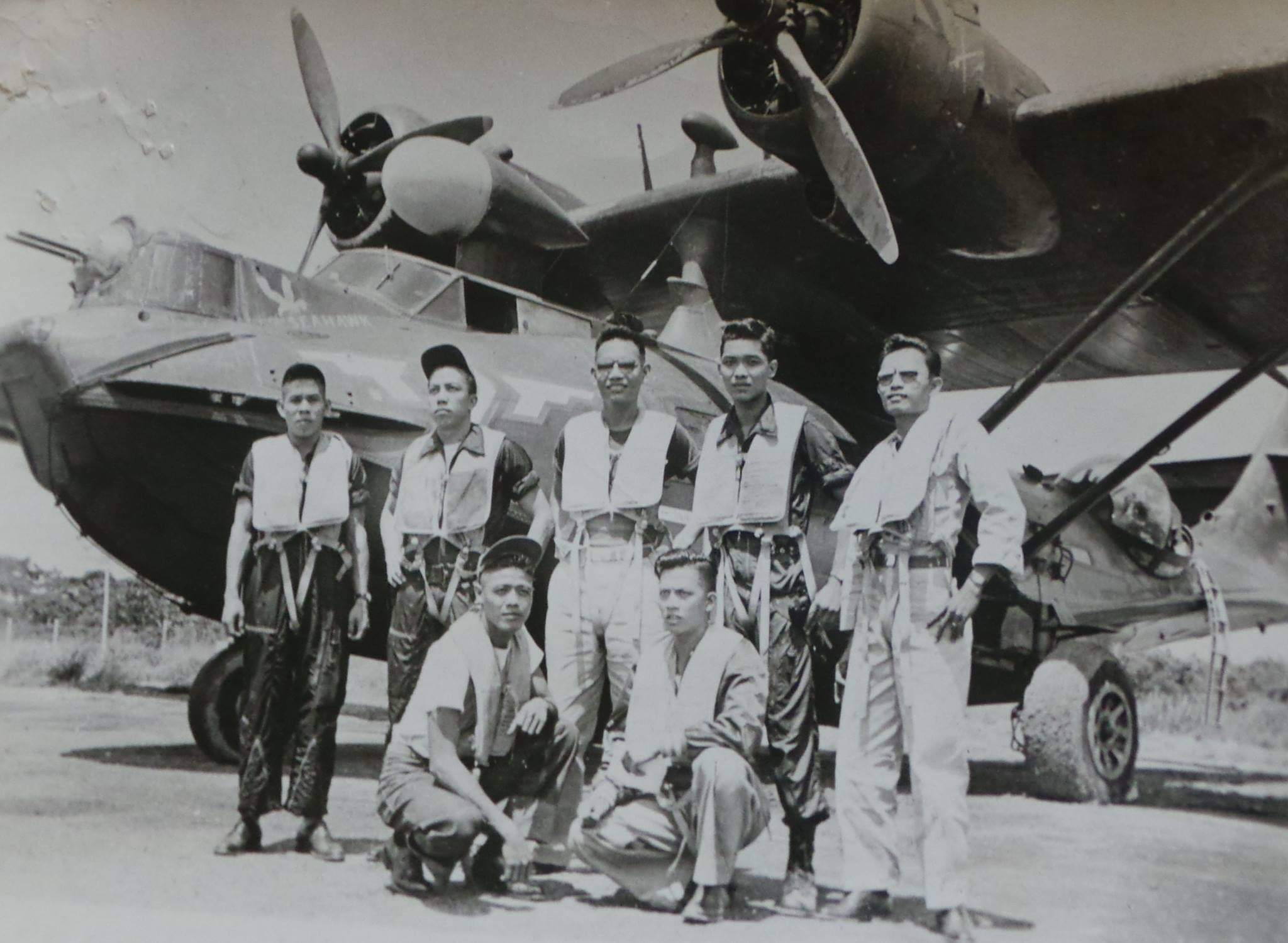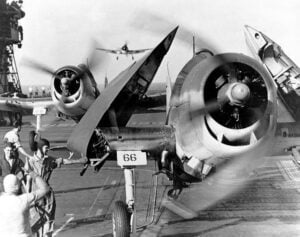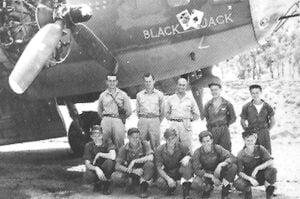The WWII Aircraft So Luxurious It Even Flew With Its Own Kitchen in the Sky

Philippine Air Force, Public domain, via Wikimedia Commons
A New Era in the Air
Before long-range bombers and modern air travel became standard, flying boats connected continents and oceans in ways no other aircraft could. Among them, one American design stood out for both engineering and comfort: the PBY Catalina and its larger counterparts. These planes were built to patrol vast stretches of ocean, rescue downed airmen, and support military operations far from land. Yet some versions even carried kitchens, sleeping quarters, and lounges. These flying boats were not just machines of war—they were floating homes capable of keeping crews alive and functional for missions that lasted a full day or more.
In the late 1930s, aviation was advancing quickly. Aircraft were faster, larger, and more capable, but the Pacific Ocean posed a major challenge. Runways were scarce across thousands of miles of water. The solution was the flying boat, capable of taking off and landing on calm ocean surfaces, lakes, or rivers. Recognizing this potential, the US Navy commissioned Consolidated Aircraft to build a long-range patrol plane. The result was the PBY Catalina, an aircraft that became one of World War II’s most recognized and reliable machines.

The Catalina and Its Galley
The Catalina was not the first flying boat, but its impact was profound. With a wingspan of over 100 feet, twin engines, and a boatlike hull, it could stay aloft for more than 20 hours. Crews flew thousands of miles to scout enemy positions, search for submarines, or rescue sailors from the sea. Long missions required crew members to live aboard the plane. Designers included sleeping bunks, storage, and a small functional kitchen.
The galley aboard the Catalina had a stove or electric heater for warming canned food and coffee, water tanks, a small sink, and even a makeshift fridge in some models. This allowed crews to enjoy a hot meal while flying over endless ocean. On missions lasting 16 to 20 hours, a warm meal was not a luxury but a morale booster. It gave men a sense of home and a moment of normalcy amid the stress of long reconnaissance flights.
Luxury Flying Boats and Wartime Adaptations
Even before the war, luxury passenger flying boats pioneered the idea of onboard kitchens. Pan-American Airways’ China Clippers connected San Francisco to Manila and Hong Kong, offering lounges, sleeping berths, dining rooms, and fully staffed galleys. Passengers dined on steaks, lobster, and champagne while soaring over the Pacific. When World War II began, these aircraft were taken over by the military. Luxury seating was removed, but galleys remained. They now served a practical purpose, keeping crews fed on long missions.
Flying boats like the Boeing 314, PB2Y Coronado, and PBY Catalina became essential for transporting men, materials, and intelligence. The Catalina earned legendary status for its endurance, versatility, and ability to land on open water. During the Battle of Midway, a Catalina spotted an approaching enemy fleet, giving the Navy crucial intelligence.

Life on Board
Catalina crews usually numbered 8 to 10, with pilots, navigators, radio operators, and gunners. The onboard kitchen allowed them to cook, heat coffee, and even write letters while airborne. The smell of hot food mixed with salty ocean air became a constant companion, keeping spirits high. Larger flying boats like the PB2Y Coronado expanded on this concept with bunks, washrooms, and kitchens capable of serving officers and VIP passengers.
Flying boats were both machines of war and floating homes. Crews often lived around their aircraft at remote bases, using the galley both in the air and on land. After the war, as airports and land-based planes advanced, flying boats faded from use. By the 1950s, many were retired or repurposed. Yet the memory of meals cooked thousands of feet above the waves remains a unique symbol of endurance, human ingenuity, and comfort amid the hardships of war.



















